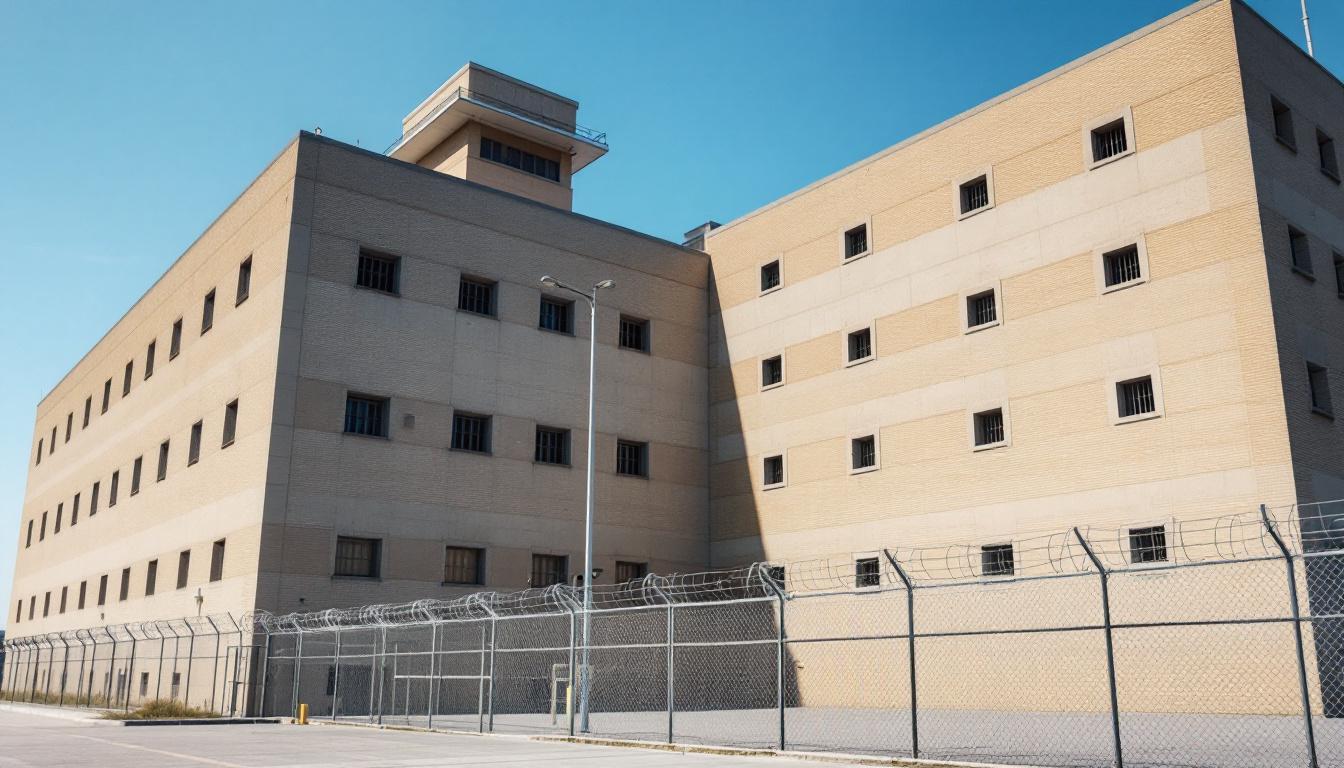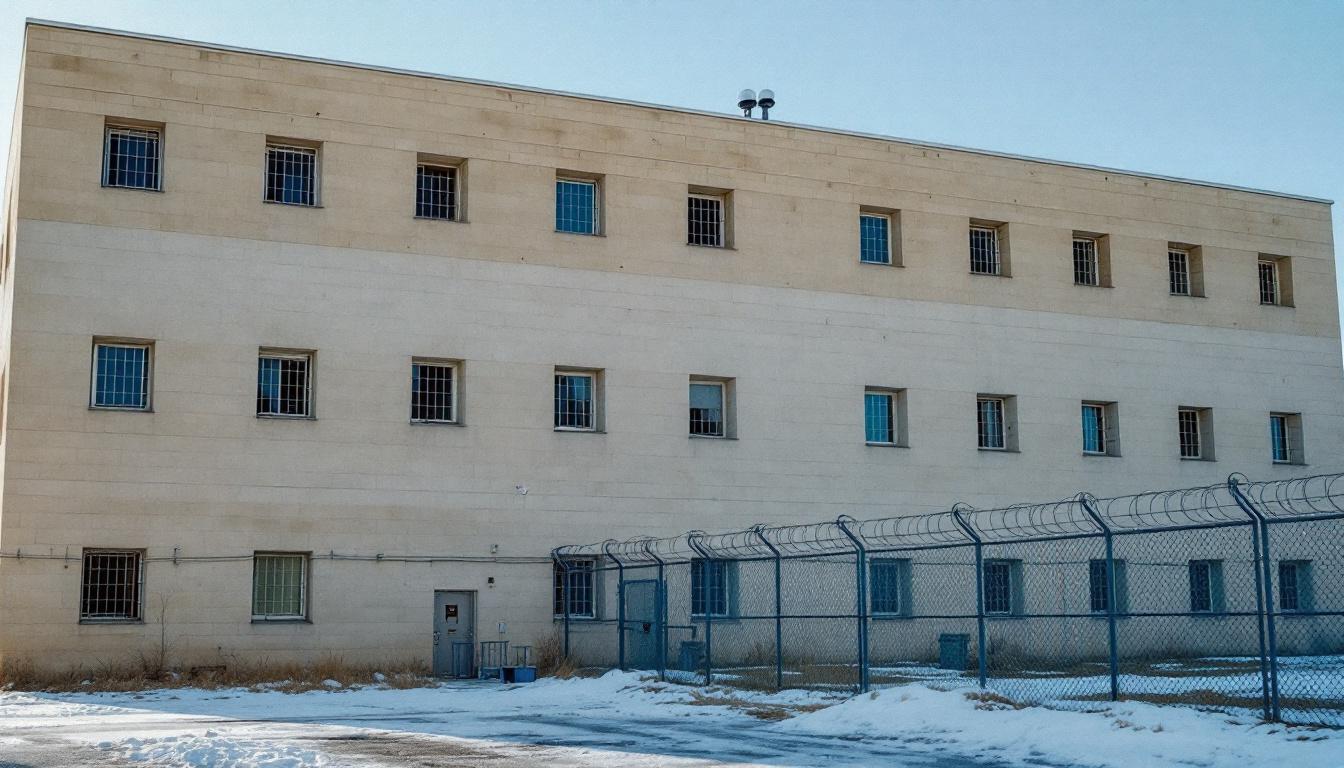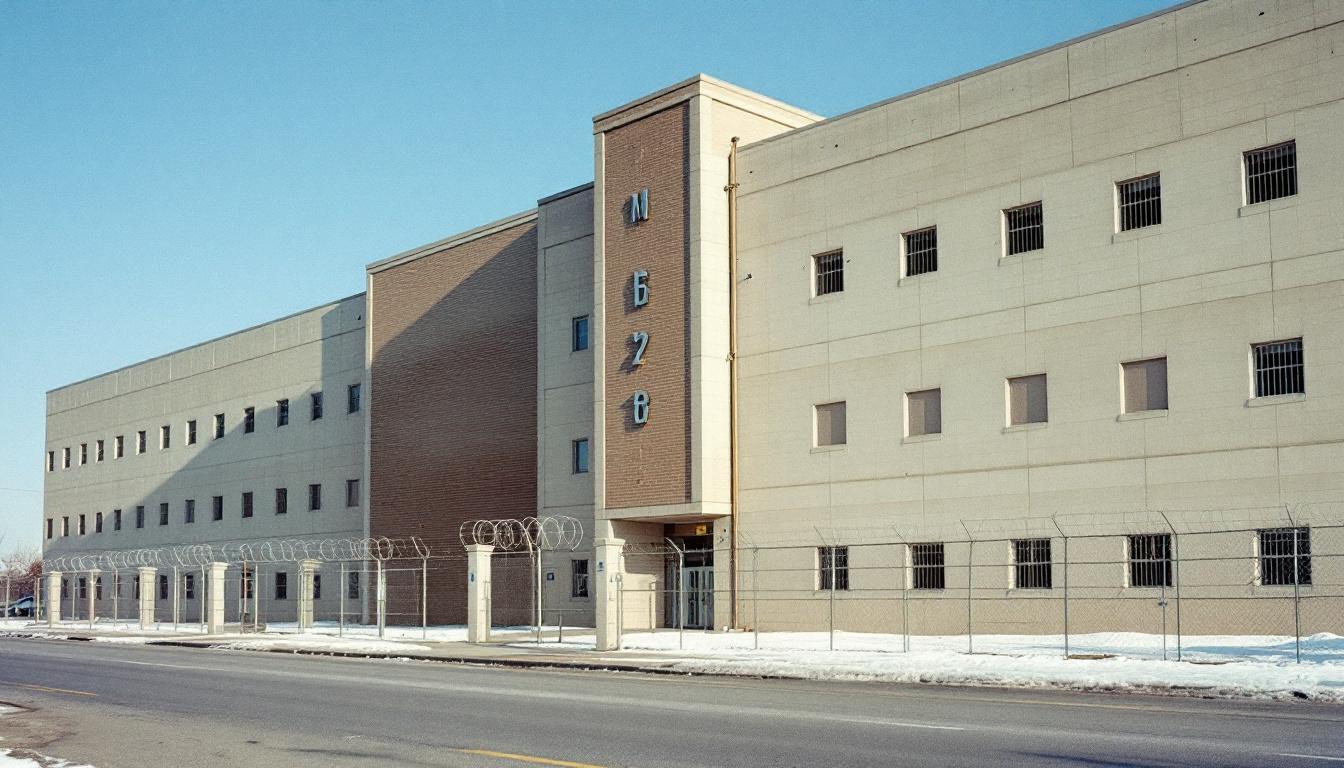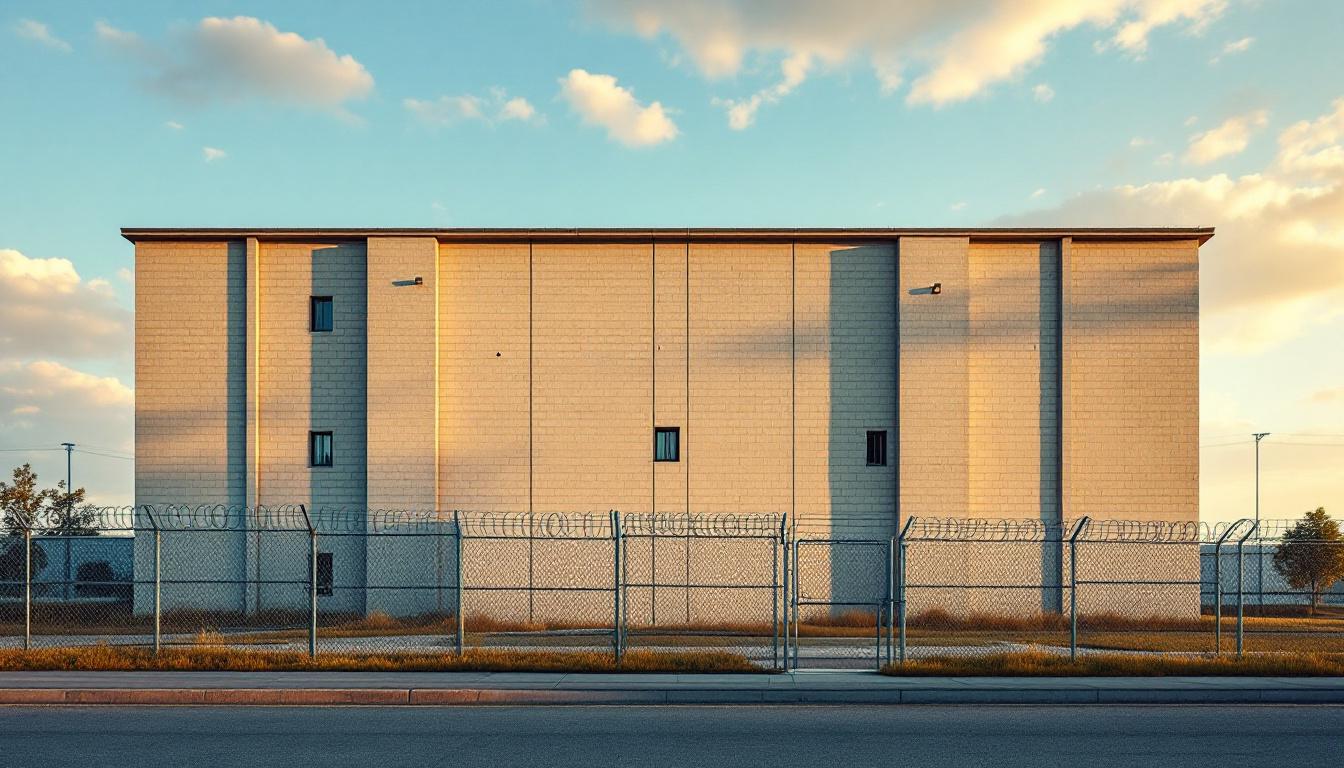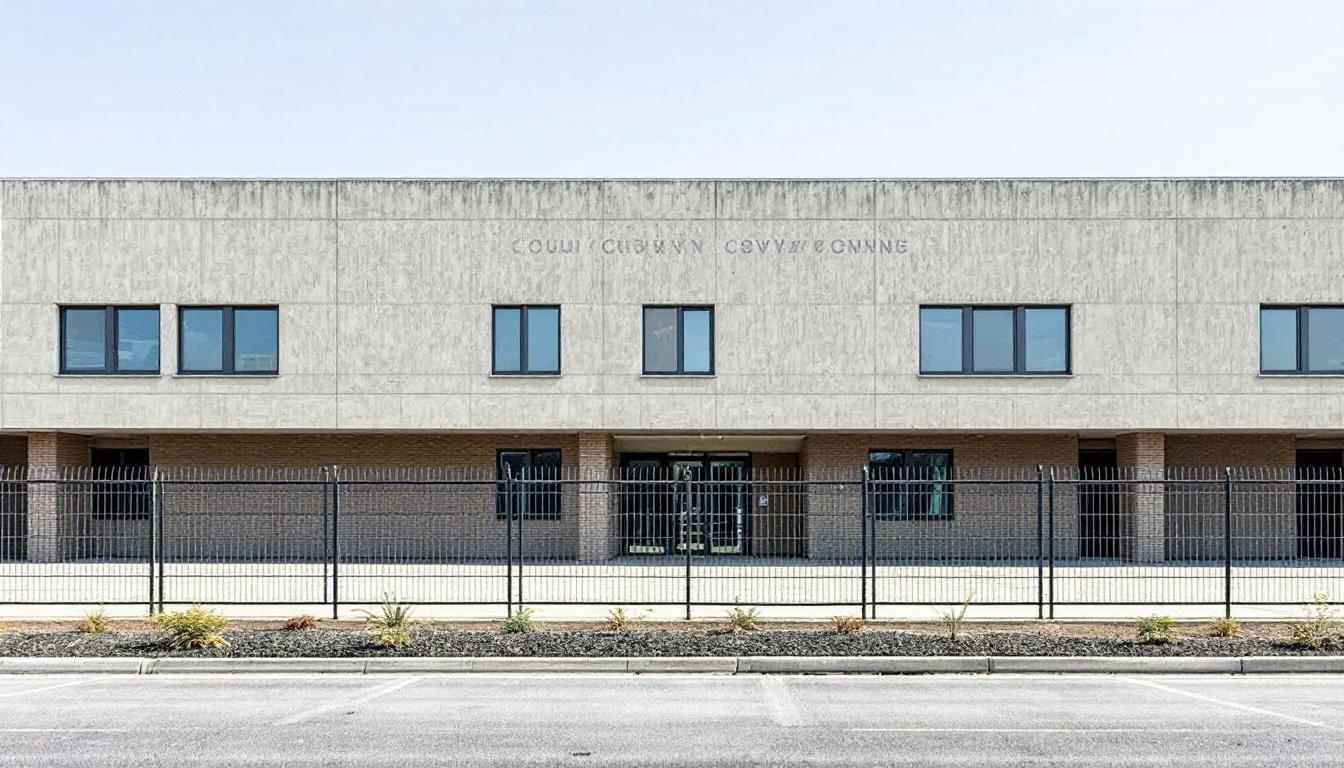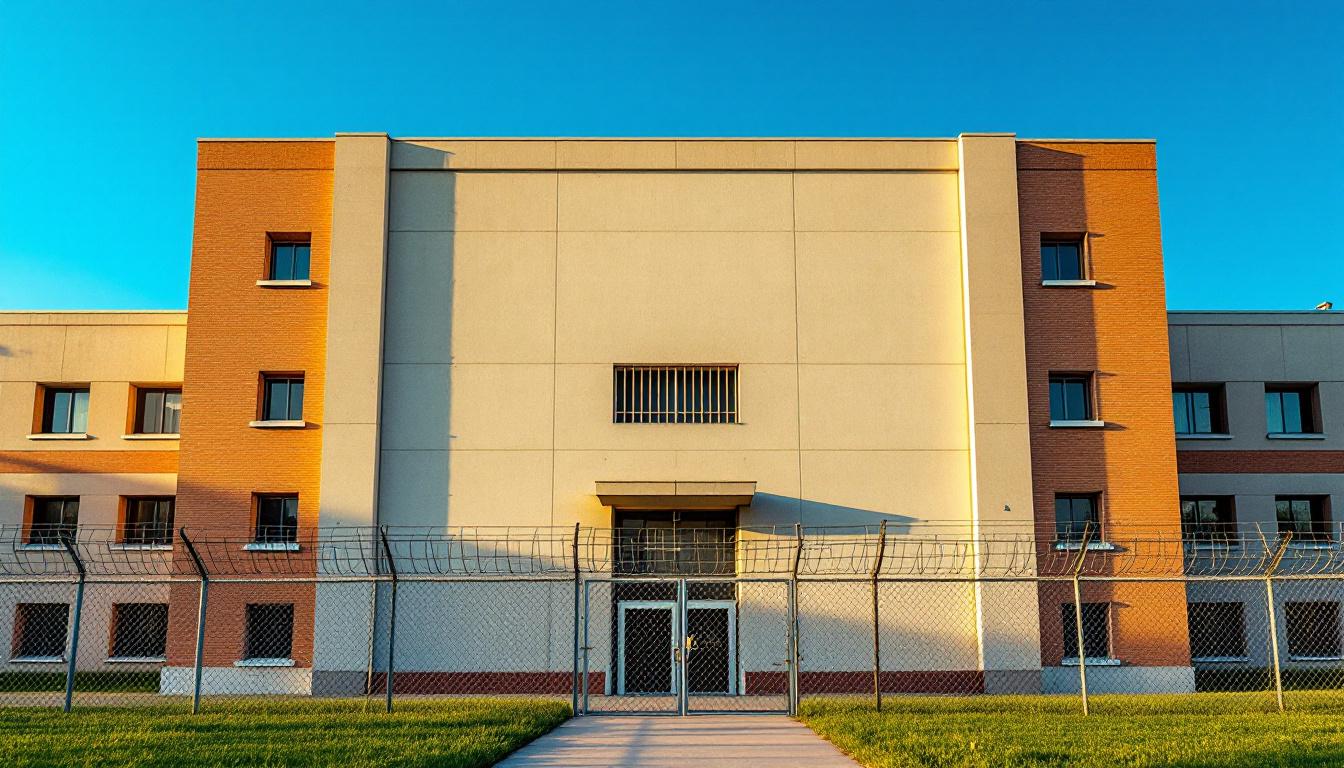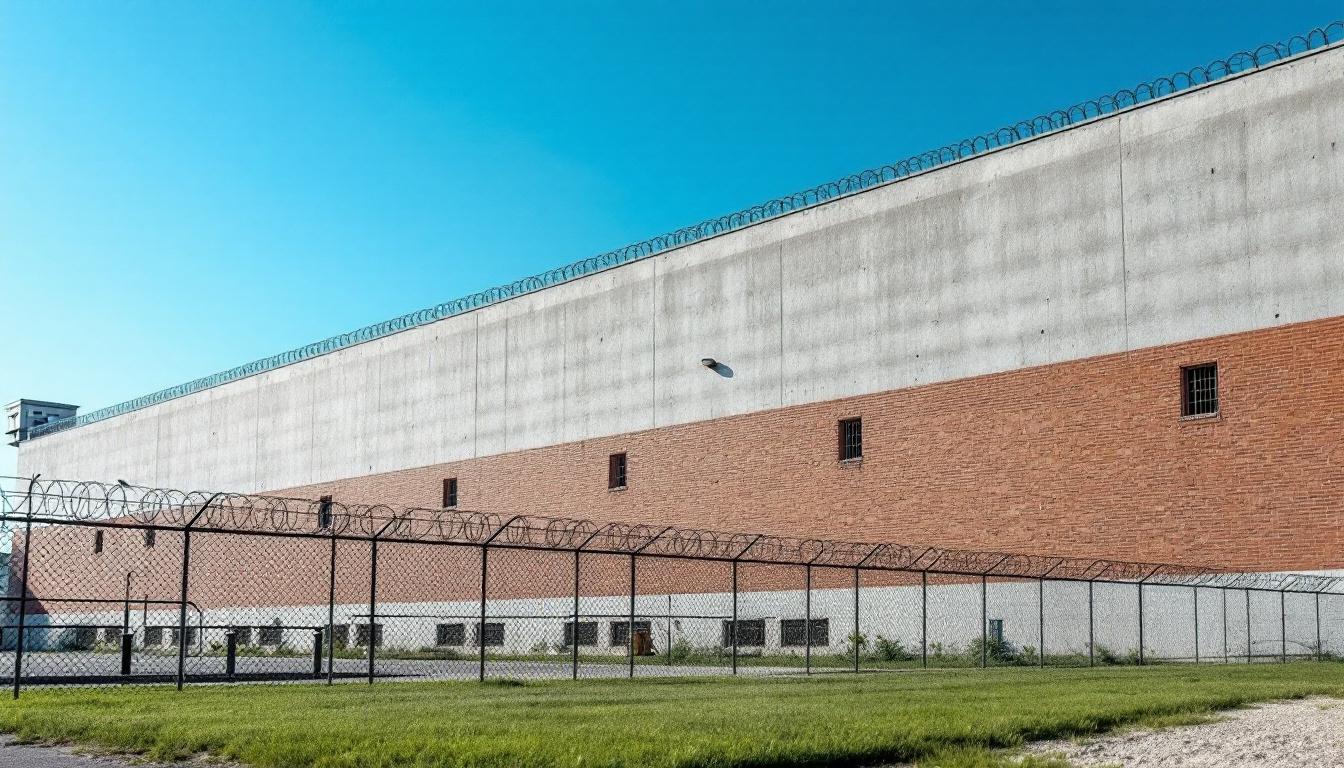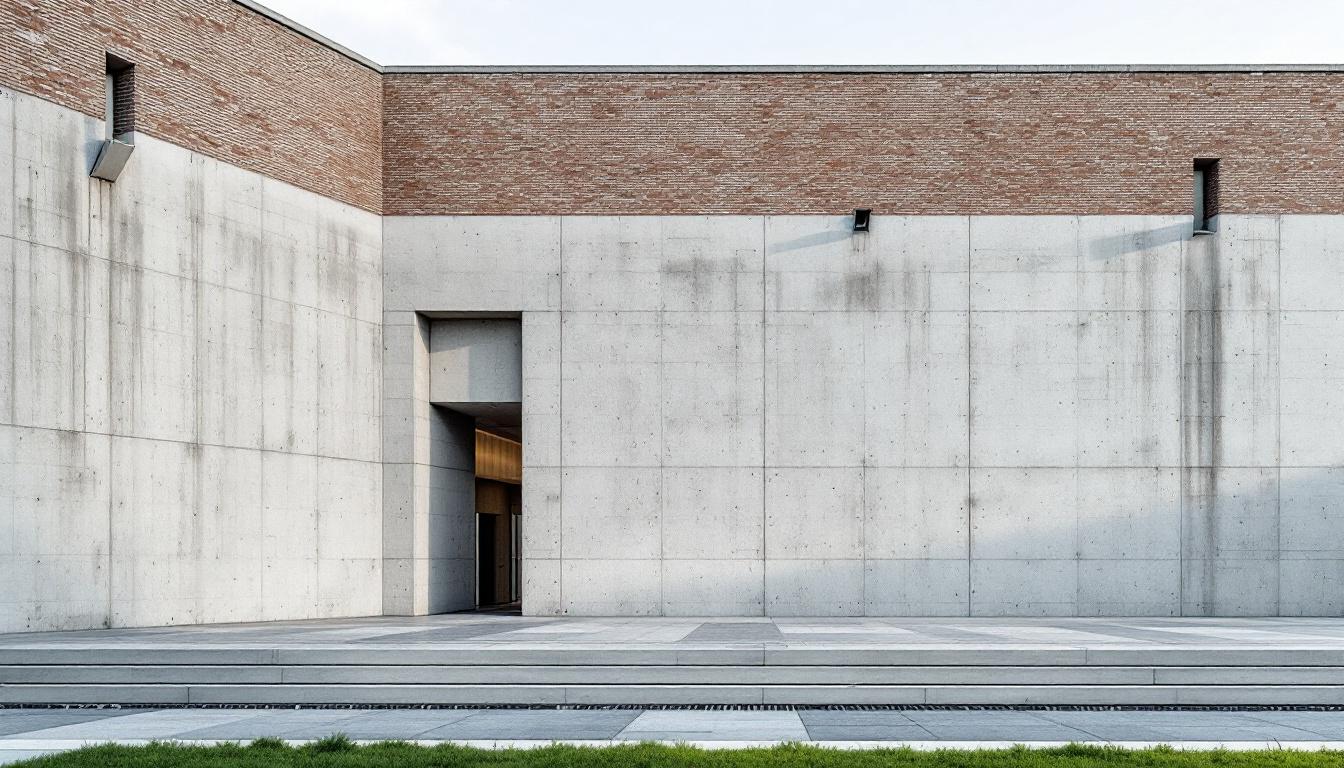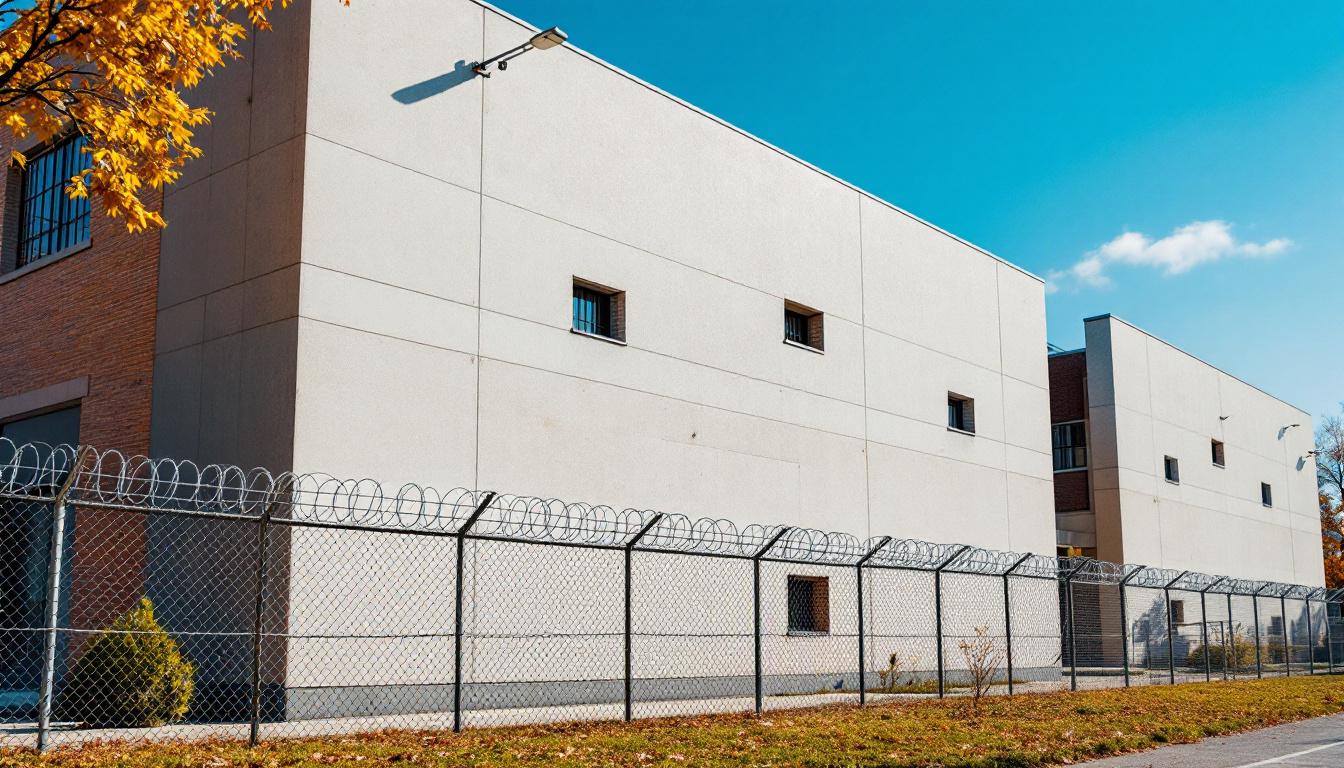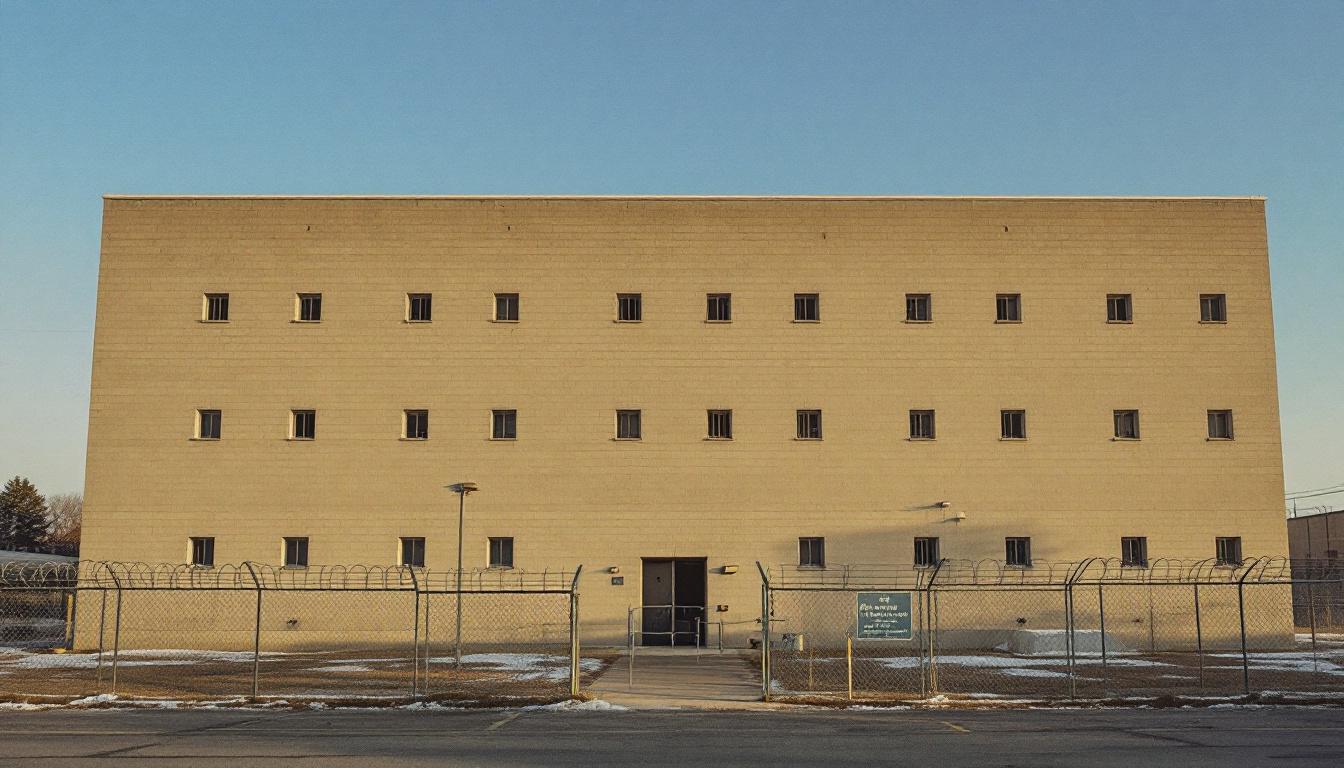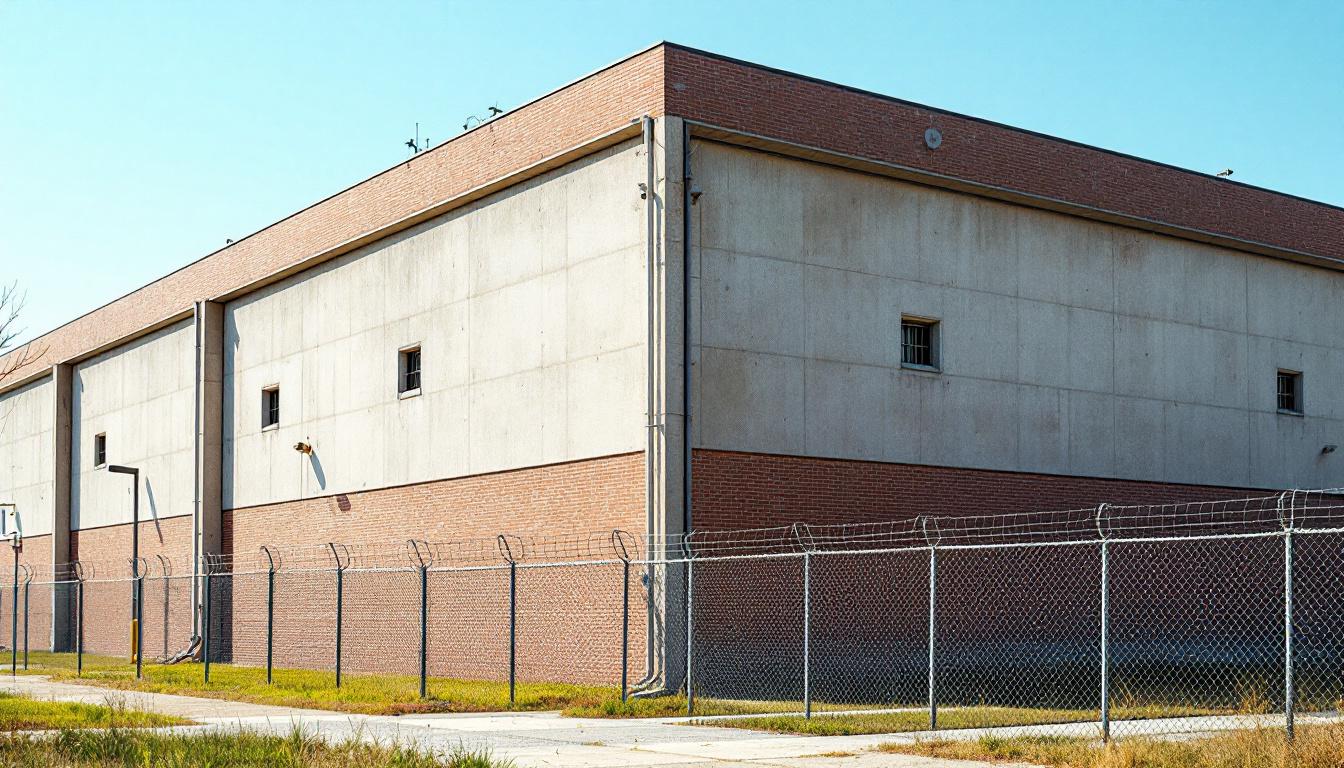
Quick Navigation
How to contact an inmate at Correctional Reception Center
This comprehensive guide will walk you through how to connect with an inmate at Correctional Reception Center. Follow the steps below to find an inmate and send letters and photos:
- Search for the inmate using our search tool below
- Create your account or log in to Penmate
- Write your message (up to 6,000 characters)
- Send instantly - inmates receive printed copies daily
Find an Inmate
Search for an inmate to start communicating today
Tip: You can search by first name, last name, or inmate ID number
To contact a person at Correctional Reception Center start by searching for the person on the official facility website. Perform a search by following these steps:
- Step 1: Enter their first name and last name into the search form and click "Search"
- Step 2: Locate their inmate record
- Step 3: Write down their Inmate ID and any housing information provided
Important! Be sure to enter the person's full name. Nicknames should not be used.
How to Send Messages to Inmates

You can use your phone or computer to send emails, letters, and photos to an inmate. Messages are sent electronically to inmate tablets or kiosks at the facility. If you would like to send a message, start by searching for an inmate at Correctional Reception Center.
Sending Photos and Postcards

A great way to send love and support to a loved one at Correctional Reception Center is to send photos and postcards. It only takes a few minutes to send photos from your phone and it makes a huge difference. You can also mail postcards with words of support and inspiration, or design your own postcard for special moments like birthdays and holidays.
Important! Be sure not to send any explicit photos or they may not be approved by the facility. You can also use a photo printing app like Penmate to make sure your photos are printed at the correct size (4x6 or 3x5) and are mailed according to the rules and regulations of Correctional Reception Center.
Frequently asked questions about Correctional Reception Center
-
How long does it take to deliver a message?
If you're sending an email message your letter is usually delivered within 24-48 hours. For messages sent via mail you should expect delivery within 3-7 days. All messages will need be approved by Correctional Reception Center.
-
How much does it cost to send a message to Correctional Reception Center?
You can send a message free using your phone or mail a message via USPS for the price of a $0.60 stamp and envelope. You can also purchase credits or e-stamps from services starting at $1.99.
-
What services can I use to contact an inmate at Correctional Reception Center?
Penmate
You can use Penmate to send letters and photos to an inmate from your phone. It's an easy way to stay in touch during your loved one's incarceration. Use the inmate locator to find an inmate's location and contact information, then you can send messages within a few minutes.
Securus messaging
Securus may be another option for communicating with an inmate at Correctional Reception Center. You can create a friends and family account and purchase credits to send messages. All messages will be reviewed and must be approved by the facility.
JPay
Some county jails and state prisons may support sending messages with JPay. You must register an account with the system, find your loved one, and purchase stamps to send messages. For some locations you can also attach photos.
Smart Jail Mail
You may also check if Smart Jail Mail is available at Correctional Reception Center. Smart Jail Mail is operated by Smart Communications and has contracted with some state and county jails. After purchasing credits, your messages and photos are sent to the facility, printed out, and then handed out to your loved one.
-
What is the mailing address of Correctional Reception Center?
Mailing address:
Correctional Reception Center
11271 State Rte 762
Orient, OH 43146
Phone: (614) 877-2441Business hours:
- Monday: 8:30 AM – 3:15 PM
- Tuesday: 8:30 AM – 3:15 PM
- Wednesday: 8:30 AM – 3:15 PM
- Thursday: 8:30 AM – 3:15 PM
- Friday: 8:30 AM – 3:15 PM
- Saturday: Closed
- Sunday: Closed
-
What are the visiting hours at Correctional Reception Center?
Visiting hours at Correctional Reception Center vary by housing unit and security level. Generally, visits are scheduled on weekends and holidays, with some facilities offering weekday visits. Contact the facility directly at (614) 877-2441 or check their website for the current visiting schedule. Visits typically last 30-60 minutes and must be scheduled in advance.
-
What items are prohibited when sending mail to Correctional Reception Center?
Prohibited items typically include: cash, personal checks, stamps, stickers, glitter, glue, tape, staples, paperclips, polaroid photos, musical or blank greeting cards, hardcover books, magazines with staples, and any items containing metal or electronics. Only send letters on plain white paper with blue or black ink. Photos must be printed on regular photo paper (no Polaroids). Always check with Correctional Reception Center for their specific mail policies.
-
How do I send money to an inmate at Correctional Reception Center?
You can send money to an inmate at Correctional Reception Center through several methods: 1) Online using JPay, Access Corrections, or the facility's approved vendor, 2) Money orders mailed directly to the facility with the inmate's name and ID number, 3) Kiosks located in the facility lobby, or 4) Over the phone using a credit or debit card. Fees vary by method, typically ranging from $2.95 to $11.95 per transaction.
-
Can I schedule a video visit with an inmate at Correctional Reception Center?
Many facilities now offer video visitation as an alternative to in-person visits. At Correctional Reception Center, video visits may be available through services like Penmate, Securus Video Connect, GTL, or ICSolutions. Video visits typically cost $10-20 for 20-30 minutes and must be scheduled in advance. You'll need a computer or smartphone with a camera and reliable internet connection. Contact the facility for their specific video visitation policies and approved vendors.
-
What identification do I need to visit an inmate at Correctional Reception Center?
All visitors must present valid government-issued photo identification such as a driver's license, state ID, passport, or military ID. Minors must be accompanied by a parent or legal guardian who can provide the minor's birth certificate. Some facilities require visitors to be on the inmate's approved visitation list, which may require a background check. Contact Correctional Reception Center for specific ID requirements and visitor approval procedures.
-
How can I find out an inmate's release date?
To find an inmate's release date at Correctional Reception Center, you can: 1) Use the online inmate search tool if available, 2) Call the facility's records department, 3) Contact the inmate's case manager or counselor, or 4) Have the inmate provide this information during a call or visit. For privacy reasons, some facilities only release this information to immediate family members.
Facility Overview
Contact Information
Correctional Reception Center11271 State Rte 762
Orient, OH 43146
Phone: (614) 877-2441
Official Website
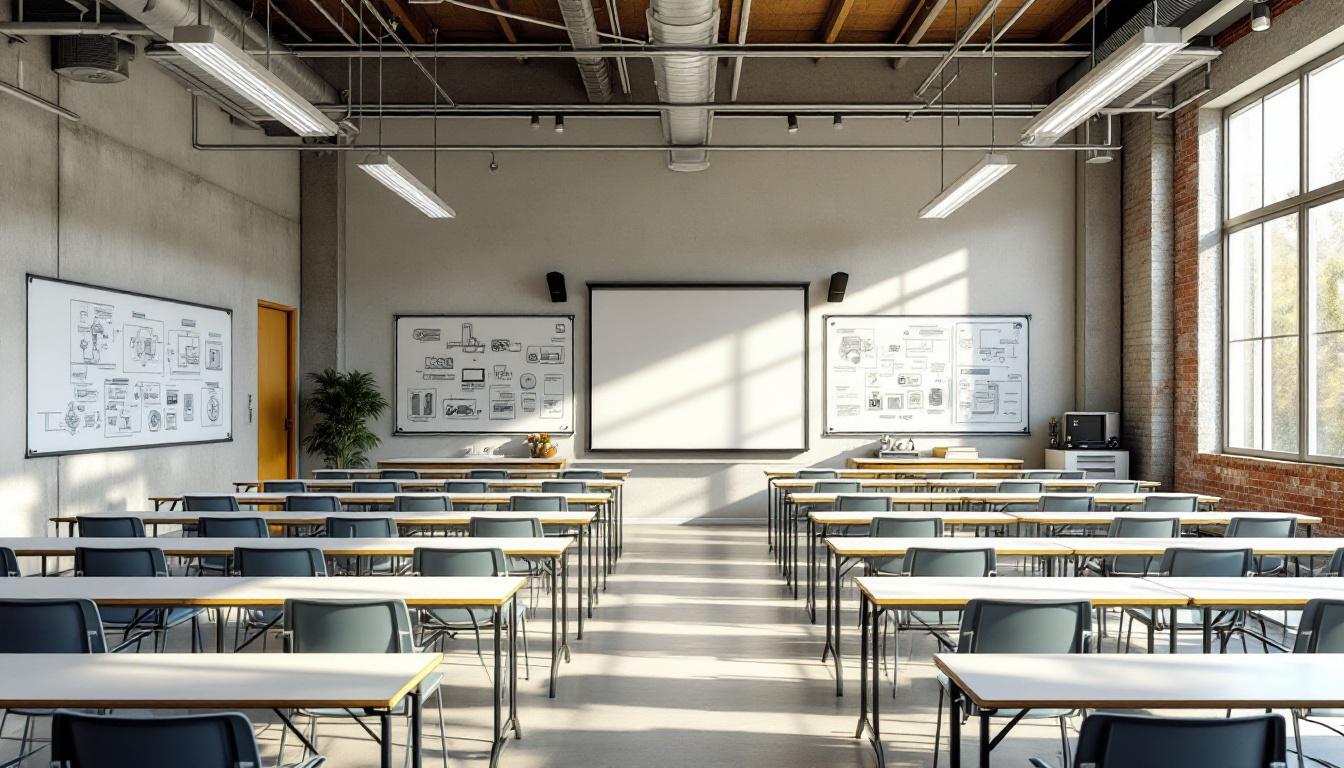
About Correctional Reception Center
Processing and assessment form the cornerstone of operations at the Correctional Reception Center, where newly sentenced individuals begin their journey through Ohio’s correctional system. Located in the small community of Orient, this OH correctional facility serves as the primary gateway for intake procedures, conducting comprehensive evaluations that determine appropriate placement and programming needs throughout the state system.
The facility’s approach to offender management emphasizes thorough assessment protocols designed to match those incarcerated services with individual needs and risk factors. Reception staff typically conduct medical screenings, psychological evaluations, and educational assessments during the intake process, creating detailed profiles that guide classification decisions. This systematic approach may include substance abuse screenings, vocational assessments, and security level determinations that help ensure appropriate placement within Ohio’s broader correctional network. The reception and intake facility also generally provides orientation programming to help individuals understand institutional expectations and available resources.
Community integration considerations often influence the assessment process, as staff work to identify factors that may support successful reentry planning from the earliest stages of incarceration. The facility’s location in central Ohio positions it strategically within the state’s correctional infrastructure, facilitating efficient transfers to appropriate institutions based on classification outcomes. While serving primarily as a processing center, the facility may also offer basic educational services, mental health support, and religious programming during the assessment period, recognizing that rehabilitation efforts can begin immediately upon entry into the system.
Programs & Services
Educational advancement and personal transformation form the cornerstone of developmental opportunities available to those incarcerated at the Correctional Reception Center in Ohio. Through comprehensive assessment and classification processes, individuals are matched with appropriate pathways that align with their educational backgrounds, career aspirations, and rehabilitation goals. This systematic approach ensures that each person’s journey through the facility becomes a foundation for meaningful growth, with offerings designed to address both immediate needs and long-term reintegration objectives.
Academic enrichment typically encompasses a broad spectrum of education initiatives, ranging from basic literacy development to advanced coursework that may prepare individuals for post-secondary education. Tutoring programs often provide personalized support, enabling those incarcerated to progress at their own pace while building confidence in their academic abilities. In addition to this educational foundation, job training opportunities may furnish practical skills in various trades and industries, equipping participants with marketable competencies that enhance their employment prospects upon release.
Complementing these academic and vocational pathways, support services often include comprehensive recovery services that address substance abuse and behavioral health challenges through evidence-based therapeutic interventions. The facility may also offer specialized programs such as landscaping initiatives, which provide both vocational training and therapeutic benefits through outdoor work experiences. These multifaceted offerings create an environment where personal accountability, skill development, and emotional healing converge, fostering the holistic transformation necessary for successful community reintegration.
Daily Life & Visitation
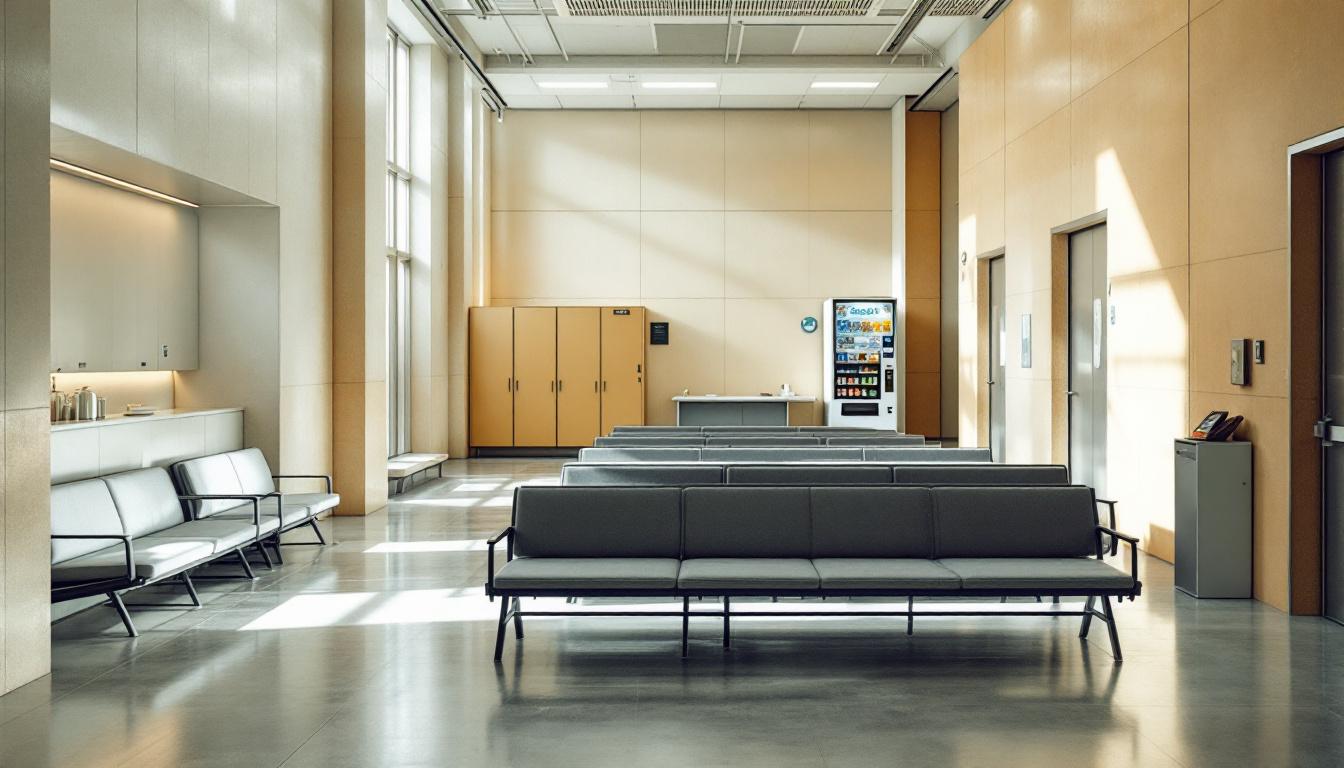
Building connections with family members and maintaining relationships with the outside world becomes a central focus for those incarcerated, as these bonds often provide crucial emotional support during their time at the facility. The structured environment now revolves around scheduled activities that regularly include opportunities for social interaction, whether through shared meals in the dining hall, participation in recreational activities, or engaging in work assignments alongside fellow residents. Those incarcerated typically find themselves adapting to a routine that furnishes stability while allowing for meaningful connections with both peers and loved ones through various communication channels.
Living accommodations generally consist of shared housing units where those incarcerated reside in cells or dormitory-style arrangements, depending on their classification level and the facility’s current capacity. These living spaces typically include basic furnishings such as beds, storage areas for personal belongings, and shared bathroom facilities. In addition to this structured housing environment, meals are usually served in communal dining areas at designated times throughout the day, providing natural opportunities for social interaction and community building among residents who may come from diverse backgrounds and circumstances.
The facility typically offers various recreational programs and structured activities that help those incarcerated maintain physical fitness and develop social connections within the institutional community. Work assignments may include food service, maintenance duties, laundry operations, or administrative support roles that not dedicated provide structure but also foster teamwork and skill development. Despite this institutional setting, maintaining family connections remains paramount, with visitation policies generally allowing for regular contact with approved family members and friends, while telephone access and correspondence typically provide additional means of staying connected to support networks outside the facility walls.
Ready to Connect?
Start communicating with your loved one today
Search for an Inmate
